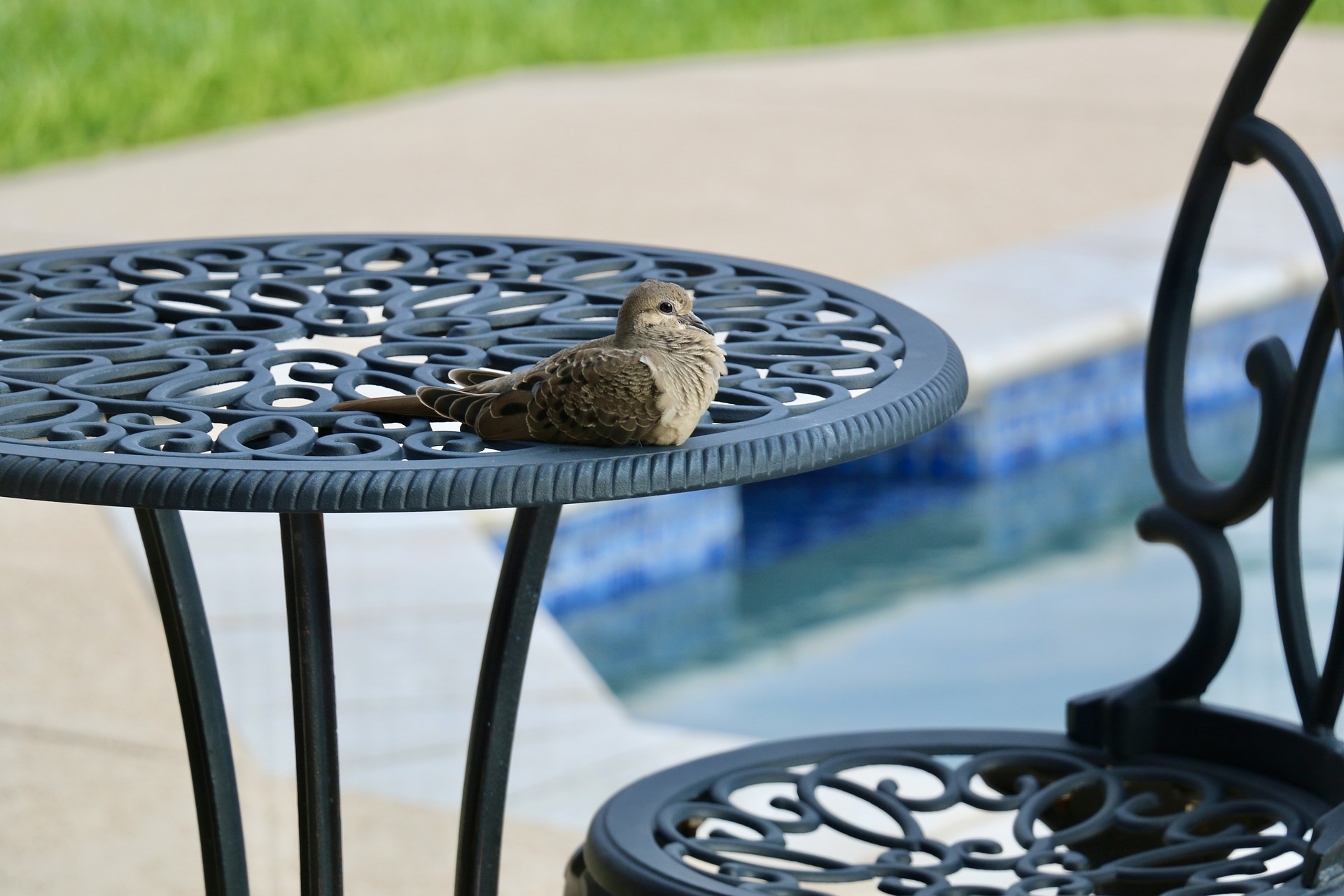If you’re turning your outdoor space into a gorgeous gathering area, or cosy rest spot, you’ll want to make sure you’re using the best heating possible so it can be used all year. Here’s our guide to effectively heating your garden.
Most of us are familiar with old gas heaters, and for the longest time these were the most popular solution. They also aren’t particularly good at their jobs, consuming a huge amount of gas relative to the amount of heat they put out. Crucially however, they are really cumbersome and the gas canisters they use are particularly annoying to acquire, use and store.
Classic fire pits are an alternative, but you need to constantly babysit these and manage their fuel usage. You also can’t really use them in urban areas (like flats with balconies). They’re lovely as an amusement, but they’re not a reliable source of heat.
Electric IR heaters are the best option. They’re easy to install, don’t require much maintenance and are also particularly discrete compared to traditional patio heaters. They’re also a lot more efficient.
Understanding IP Ratings
When you’re using any electric product outdoors, you’ll need to make sure that it’s properly IP rated. This handy number will tell you at a glance how protected your heater is from the rigours of the outdoors. Each digit gives you some information independently of the other digit.
The first digit tells you how protected the heater is from dust and other solid objects. The second digit tells you how resistant to moisture the device is. In both cases, the higher the number the better.
Outdoor heaters should be rated at least IP44, which will ensure they’re protected from solid objects larger than 1mm, as well as splashes of water. Our Helios range of bar heaters fall into this bracket.
However, IP44 rated products are best used in areas with a little bit of shelter. This is why our Helios range is most commonly used in near outdoor areas, like conservatories and garages. For more open spaces, you’ll need something a little more durable.
Our Aurora range fits the bill perfectly, as they’re rated IP65. This means they’re entirely protected from dust of all sizes and jets of water, giving you more freedom to install your heater where you like.
Are IR Heaters Eco-Friendly?
The answer to this one is a little more complicated.
Firstly, it’s important to remember that gas patio heaters can never be eco-friendly under any circumstances. They consume fossil fuel directly, and produce greenhouse gases. Our IR heaters aren’t intrinsically green, because they might be using fossil fuels as their source of electricity, but they can be made so with some care.
For example, they’re incredibly efficient, so they really make every watt they receive count. They also use direct radiant heat, which means you don’t need to leave them running for a very long time. You’ll feel warm and cosy pretty quickly.
These two facts mean that they combine brilliantly with solar panels or other domestic sources of renewable energy. That means they can be made truly carbon neutral.
As an added bonus, both our bar heaters are constructed from aluminium, which means they can be easily recycled.
How Many Heaters Will I Need?
Each heater we stock has a recommended area it can cover based on its wattage, but this can be impacted by numerous external factors. This is especially the case with outdoor heating, because of things like a total lack of insulation.
IR heaters use radiant heat, which is the same sort of warmth you get from the sun. As a result, the heat output of your heater is not impacted by a breeze or by rain, but this can hold you back from feeling the full benefits.
As a result, we need to adjust our numbers a bit.
When calculating how many heaters you need, we always calculate the volume of the space by multiplying the length of the room by the width, then multiplying that number by the height. For an outdoor space, we typically use the height you’ll be installing the heater at as our height measurement. This is usually around 2.4m.
Let’s take a small 3x3m patio. The volume of this space would be 21.6m³
Now we need to figure out how many watts we’ll need to properly warm that space. In a poorly insulated room, we’ll need 35 watts per m³, so we take that volume and multiply it by 35.
This gives us a total of 756W needed, and if this were an indoor room that’d be it. However, since our outdoor space doesn’t just have poor insulation, it has zero insulation, we’ll need to take things a bit further. We’ll triple that number, and get the true required wattage of 2268W.
Our bar heaters are a little more powerful as standard compared to our panel heaters, so a 2400W model would be perfect for this space.
This same formula can be used in any outdoor space of any size.
Get In Touch
If you’d like tailored advice on how many heaters your outdoor space might need, or on IR heating in general, don’t hesitate to get in touch. You can get in touch by giving us a call on 0116 436 2250 or send us an email to sales@mirrorstone.co.uk and we’ll be happy to help you with any queries you might have.
Better yet, have a FREE catalogue sent straight to your door by hitting the button below, and read all about the great things infrared can do for you.

